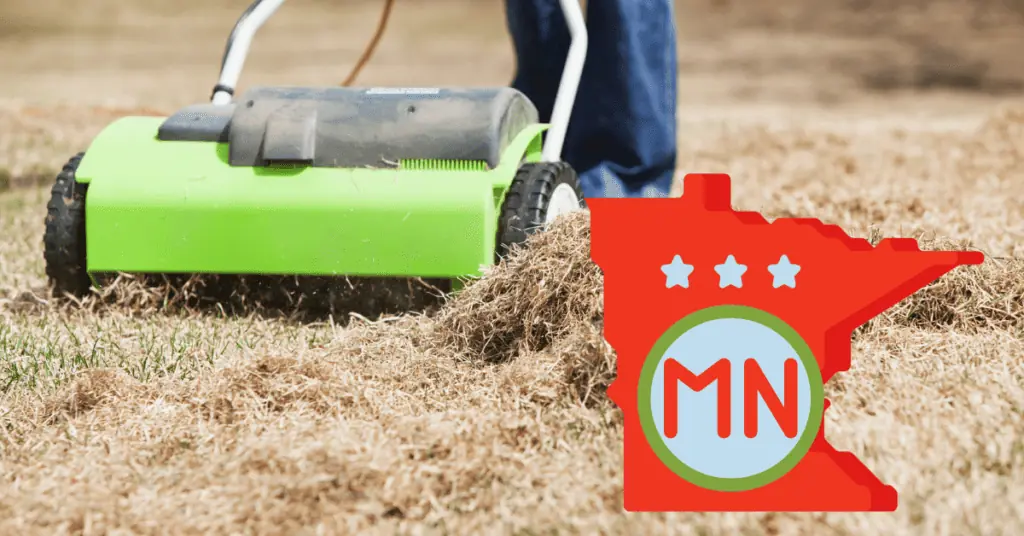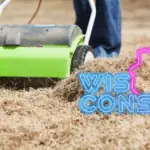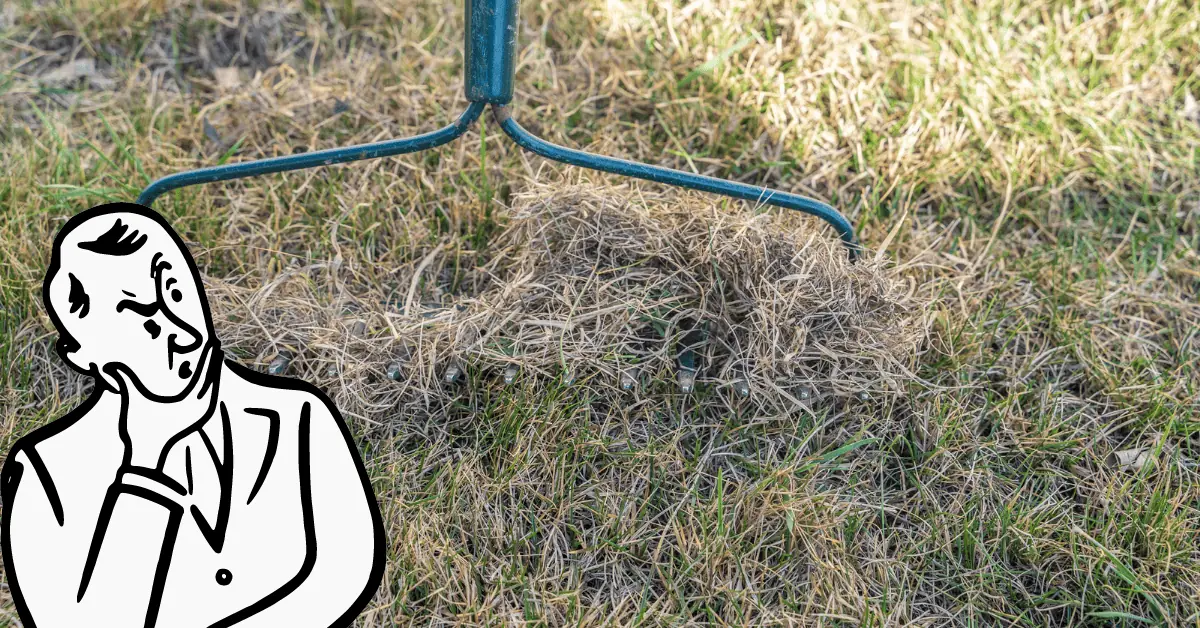Are you tired of having a dull, lifeless lawn? Do you want to know how to bring it back to life? If so, you’ve come to the right place! Dethatching is vital in lawn maintenance; however, many homeowners are unsure when to do it.
As you might know, Minnesota experiences various weather conditions throughout the year. The timing of dethatching your lawn is critical, and it’s important to understand the factors that influence the best time to do it.
This article discusses the ideal time of year to dethatch your lawn in Minnesota, considering the climate and soil conditions. By the time you are done reading, you’ll have all the information you need to ensure your lawn is healthy and vibrant all year round.
Understanding Dethatching and Its Importance
Maintaining a lush, green lawn is a dream for every lawn enthusiast in Minnesota. However, the accumulated dead grass, leaves, and other wanted materials on the lawn can prevent air, water, and essential nutrients from reaching the soil.
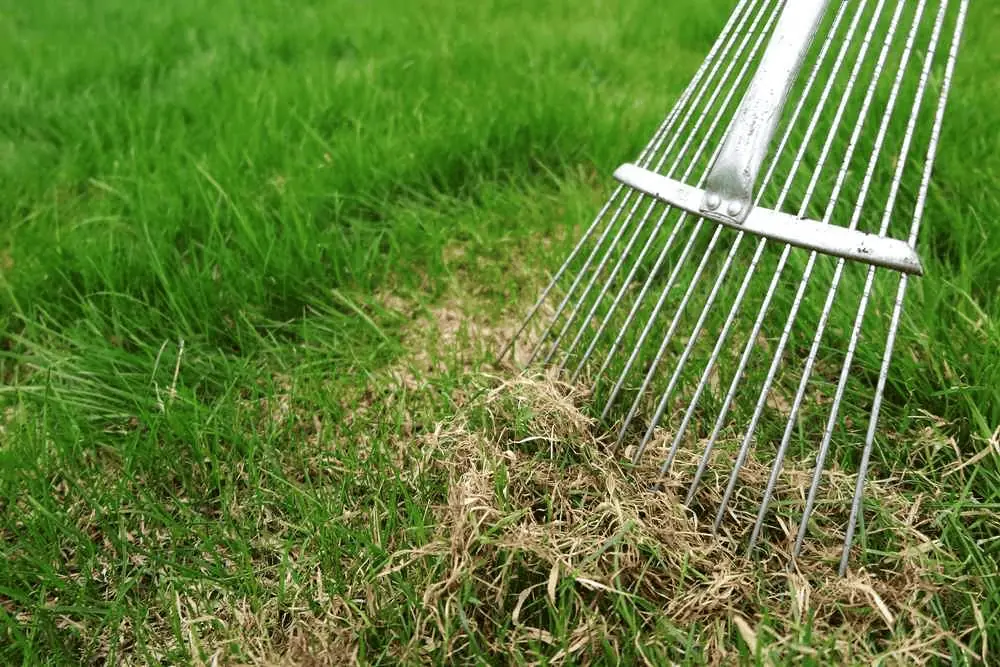
Dethatching is the process of removing this unwanted layer from our planting soil. This layer, also known as thatch, can cause several issues for your lawn, including poor water absorption, nutrient deprivation, limited air circulation, stunted growth, brown patches, and even the death of the grass.
To maintain a healthy lawn, it is important to dethatch as frequently as possible. Dethatching can be done either manually or by using a dethatching machine. However, knowing the best time to dethatch your lawn is essential to achieve optimal results.
So, for the Minnesota residents, when is the best time to do it? Different types of grasses have varying requirements to be met before dethatching, and the timing of the said process can depend on various factors, including your region’s climate, the amount of thatch on your lawn, and the condition of your grass.
Factors Affecting the Best Time to Dethatch Your Lawn
The best time to dethatch your lawn in Minnesota depends on various factors such as the grass type, climate, and soil conditions.
- Spring or fall is the best time to dethatch for cool-season grasses, while warm-season grasses should be dethatched during late spring or early summer. The ideal time to dethatch is when the grass is actively growing and has sufficient time to recover before the onset of the dormant season.
- Additionally, the amount of thatch buildup and the severity of the dethatching required also play a role in determining the best time for dethatching. Dethatching can be done during any season if the thatch buildup is minimal. However, if there is excessive thatch buildup, it is better to dethatch during spring as the grass has enough time to recover from the dethatching process.
- Another factor that affects the best time to dethatch is the weather conditions. If the weather is too hot or dry, dethatching can damage the lawn, making it vulnerable to diseases and pests. Similarly, dethatching during heavy rainfall can damage the lawn and lead to soil compaction.
- Finally, the soil condition is another crucial factor in determining the best time to dethatch your lawn. If the soil is compacted, dethatching can further damage the grassroots, leading to poor growth and weak turf. It is advisable to dethatch after aerating the soil to loosen it up and prepare it for the dethatching process.
Benefits of Dethatching Your Lawn at the Right Time
There are so many benefits that can be derived from dethatching your lawn at the right time. Maintaining healthy, bright grass is one of the biggest advantages.
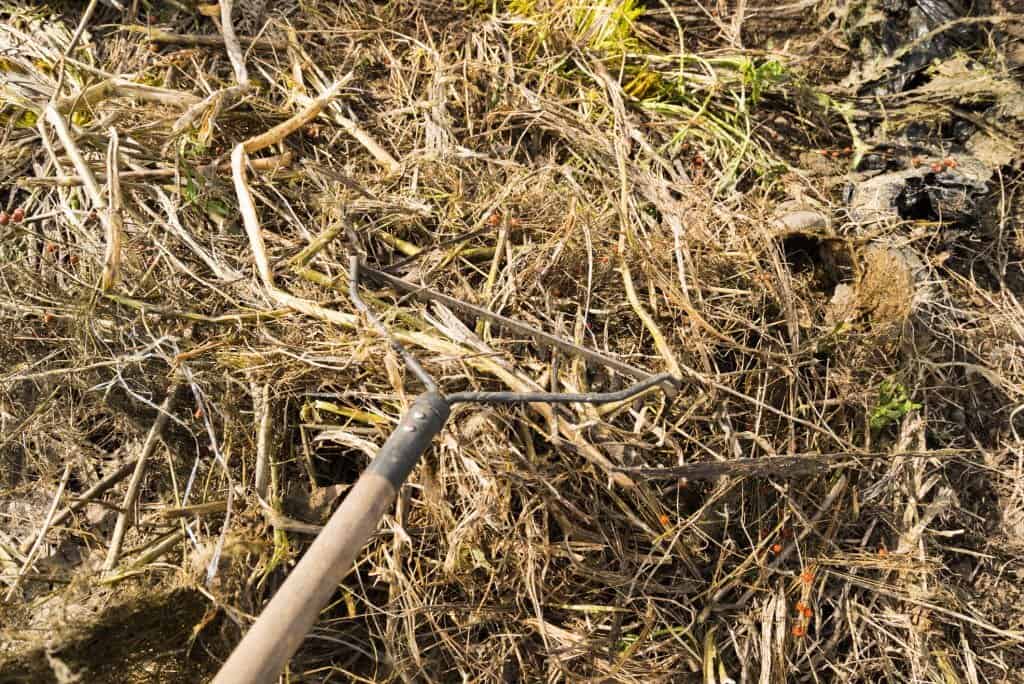
The lawn can breathe and absorb more water and nutrients from the soil if the buildup of dead grass and debris is cleared away. Doing this would allow the grass to develop a better root system which would allow it to withstand disease and drought.
Further, dethatching at the right time can improve the beauty of your grass and help it get rid of the thatch layer that can give it an uneven, untidy appearance. This would make your grass look smoother and more consistent, which can be crucial if you utilize your lawn for hosting guests or engaging in outdoor activities.
Lastly, dethatching can also help improve any lawn treatments you apply, work better. Once this buildup of thatch has been removed, the treatments can penetrate deeper into the ground and are more effective in promoting healthy growth and preventing weeds and pests from the buildup.
How to Dethatch Your Lawn in Minnesota
To dethatch your lawn in Minnesota, mow the grass at a low setting to expose the thatch layer. Then, use a thatching rake or power dethatcher to remove the thatch, careful not to damage the grassroots. Once you have removed the thatch, rake it up and dispose of it properly.
Here are some tips to ensure successful results:
- Dethatch during the appropriate time of year, typically in the spring or fall when the grass is actively growing.
- Avoid dethatching during drought or high heat periods, as this can stress the grass.
- Water your lawn thoroughly before and after dethatching to help the grass recover.
- Consider overseeding your lawn after dethatching to fill bare spots and promote healthy growth.
By following these steps and tips, you can successfully dethatch your lawn in Minnesota and promote a healthier, more vibrant lawn.
Conclusion
Dethatching is an essential step in keeping healthy grass. To enable the lawn to breathe and flourish more effectively, the layer of dead grass and other organic debris that collects on the soil surface needs to be removed; this is what dethatching entails. You should think about the type of grass, the weather, and the general health of the lawn when choosing the optimal time to dethatch it.
Dethatching cool-season grasses like Kentucky bluegrass, perennial ryegrass, and fescues are best done in the early spring or early fall when the grass is actively growing, and the temperature is lower.
Preparing your lawn properly before dethatching is also essential, ensuring you don’t cause further damage to the grass. After dethatching, you should fertilize and water the lawn to promote healthy growth and faster recovery.
Now that you know the best time to dethatch your lawn in Minnesota, it’s time to get started and achieve a lush and healthy lawn.
